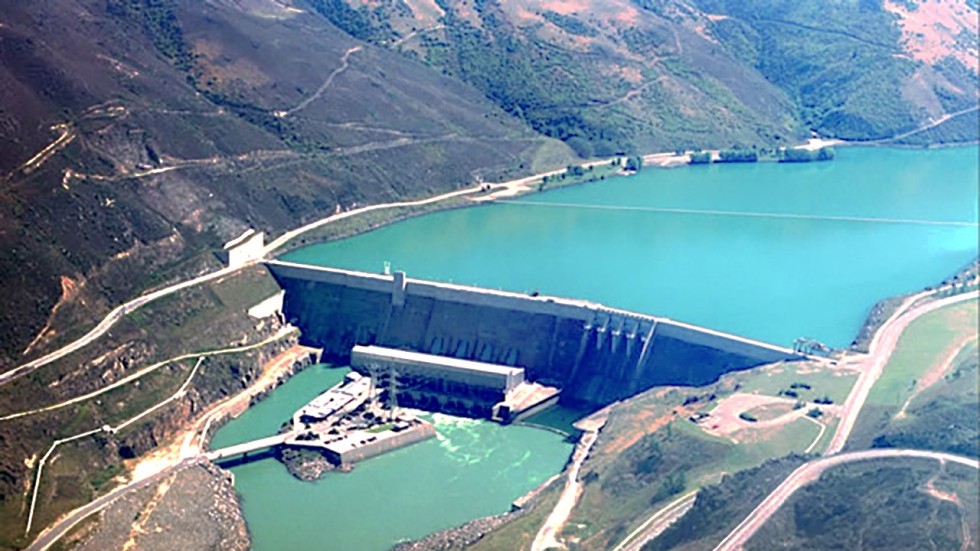Diamer-Bhasha Dam benifits & Importance to build

Pakistan on Tuesday gave a final go-ahead to the construction of Diamer-Bhasha dam at an estimated cost of Rs.474 billion aimed at increasing the country’s depleting water storage capacity.
After a delay of almost 25 years, Diamer-Bhasha dam has finally been cleared for funding by Central Development Working Party (CDWP). CDWP has forwarded the project to Executive Committee of National Economic Council (ECNEC) and the project is now awaiting a final approval. The dam will be the first major reservoir that will be built since the 1960s.The reservoir will be built at an initial cost of Rs 625 billion, excluding the electricity generation part of the project.
The project faced many delays due to funding and ownership issues between provinces. The government even proposed to include it in CPEC projects. However, later withdrew the request due to China’s demand of ownership of the dam.

Benefits of the Project:
Both projects, Mohmand Dam Hydropower project and Diamer-Bhasha Water Reservoir, will help solve the problems of water storage and electricity shortfall that Pakistan has been facing for so long. Combined, the projects will be built at a total cost of Rs 928 billion (excluding electricity generation part of the Dimaer-Bhasha Dam).
Once completed, the Diamer-Bhasha dam’s power generation unit will add 4,500 megawatts of electricity to the national grid. The reservoir will also increase the national water storage capability from 30 days to 48 days.
Total cost of this project:
The officials of the Water and Power Divisions informed the committee that the cost of land purchase for Diamer-Bhasha Dam is around Rs 50 billion while the cost for rehabilitation of affected people is Rs 51 billion. The PC-1 cost of Diamer-Bhasha Dam is expected to increase by Rs 31 billion.
The committee was further informed that the federal government has released Rs 72.7 billion for Diamer-Bhasha Dam out of the total allocation of Rs 101 billion. Of the disbursed amount, Rs 62 billion have been released to WAPDA. About 85 percent land for the dam has been purchased. Total cost of the dam is estimated to be Rs 1,450 billion, of which Rs 650 billion will be spent on the dam construction, the officials added.
The committee was further informed that the federal government has released Rs 72.7 billion for Diamer-Bhasha Dam out of the total allocation of Rs 101 billion. Of the disbursed amount, Rs 62 billion have been released to WAPDA. About 85 percent land for the dam has been purchased. Total cost of the dam is estimated to be Rs 1,450 billion, of which Rs 650 billion will be spent on the dam construction, the officials added.
Revenue from the project:
The net profit from power generation of the project can be paid back as dividends to shareholders. For clarity, the net profit will be achieved after expenses and payment of royalty (if any) to the govt of GB.
Here are some previous estimates
- Annual generation 19,028 GWh or 19 million MWh
- Operation cost 20%.
- Cost pay off in seven years.
- Generate electricity worth $1.5 billion and supply irrigation water worth $600 million per year

Let’s assume that estimates about revenue from electricity are valid and shareholders have invested $6 billion then dividend will be $300 per share. This is after subtracting 20% in OpEx cost and there is no royalty for GB for the first few years.
Refference:
Comments
Post a Comment